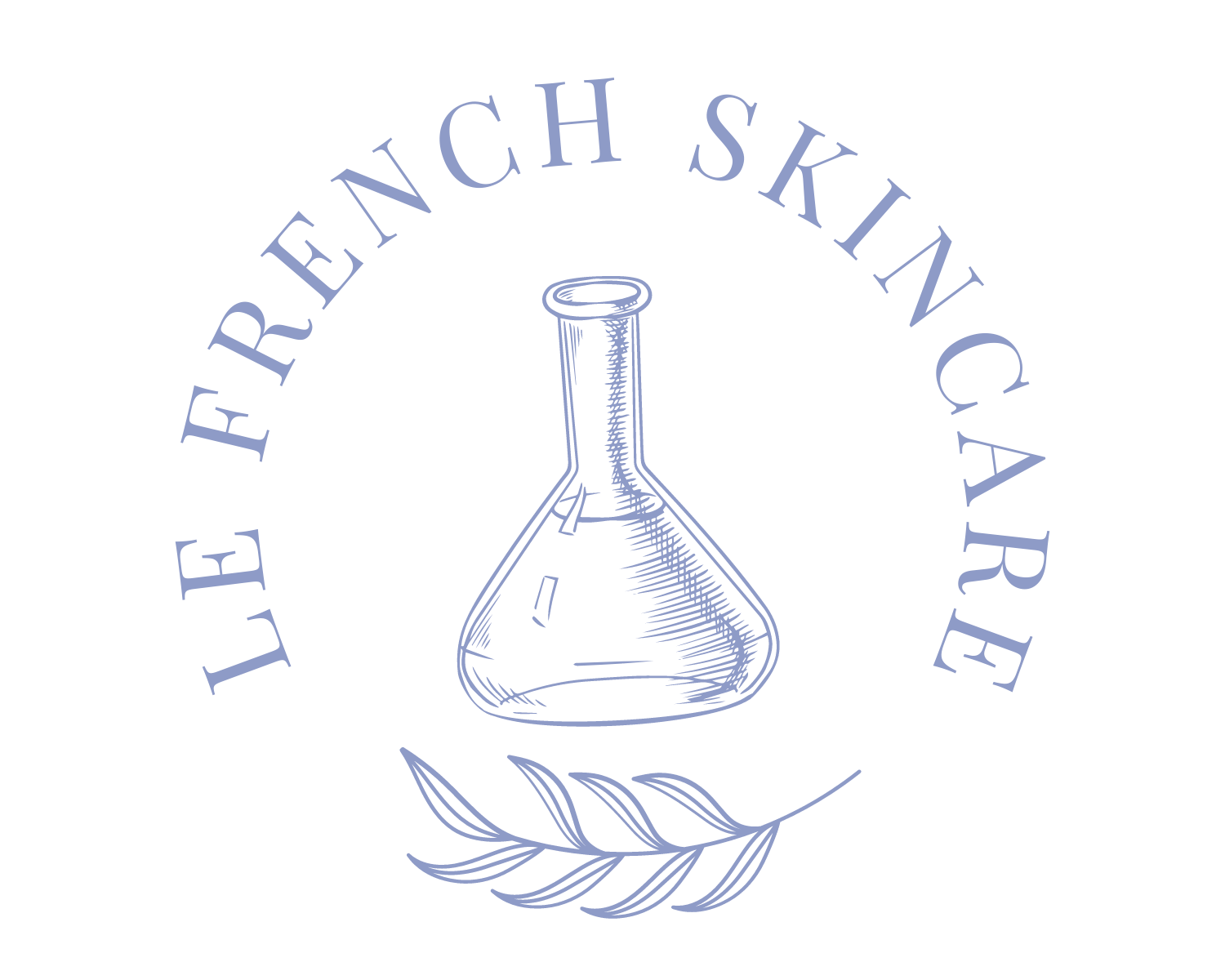Forget the dated concept that a SPF 15 means that if it takes you 10 minutes to burn, you can now expose yourself 15 times longer aka 150 minutes without burning.
Instead, you need to consider your phototype, the texture of the sunscreen, the amount you apply and the intensity of the sun aka UV index .
SPF indicates the level of protection a sunscreen provides against UVB rays, which cause sunburn and contribute to skin cancer risk.
SPF 15 filters out approximately 93% of UVB rays, while SPF 30 filters out about 97%, and SPF 50 about 98%.
Because SPF only measures protection against UVB rays; you also need protection against UVA rays, which can contribute to skin aging and cancer.
Look for broad-spectrum sunscreen to ensure protection against both types of UV rays.
In Europe Sunscreen can only advertise a broad spectrum if 1/3 of the of the protection goes towards UVA. In the USA it just needs to have UVA filters and it could be a drop!
Your skin photo type:
This depends of your ethnic origins, but the beauty of the melting pot means you can have a dark skin but also be very sensitive to the sun and burn quickly.

Your product texture and how well you apply it:
For example, a fluid is easier to spread onto the skin than a thick cream, an emulsion will contain both water soluble and oil soluble sunscreens allowing for a broad protection.
It is also important to understand that the SPF is tested and calculated using 2 mg of sunscreen per square centimeter of skin. Thus, an average person should apply 40 grams or 1.4oz to protect their entire body. Needless to say, we probably only apply half.
It's also important to reapply sunscreen regularly, especially after swimming or sweating.
Your location therefore the intensity of the sun:
Choosing the SPF depends of where you live or go in vacation.
Also consider the time of day.
The UV Index scale used in the United States conforms with international guidelines for UV reporting established by the World Health Organization Learn how to read the UV index Scale to help you avoid harmful exposure to UV radiation.


0 to 2: Low. A UV Index reading of 0 to 2 means low danger from the sun's UV rays for the average person.
- Wear sunglasses on bright days.
- If you burn easily, cover up and use broad spectrum SPF 30+ sunscreen.
- Watch out for bright surfaces, like sand, water and snow, which reflect UV and increase exposure.
3 to 5: Moderate. A UV Index reading of 3 to 5 means moderate risk of harm from unprotected sun exposure.
- Stay in shade near midday when the sun is strongest.
- If outdoors, wear protective clothing, a wide-brimmed hat, and UV-blocking sunglasses.
- Generously apply broad spectrum SPF 30+ sunscreen every 2 hours, even on cloudy days, and after swimming or sweating.
- Watch out for bright surfaces, like sand, water and snow, which reflect UV and increase exposure.
6 to 7: High. A UV Index reading of 6 to 7 means high risk of harm from unprotected sun exposure. Protection against skin and eye damage is needed.
- Reduce time in the sun between 10 a.m. and 4 p.m.
- If outdoors, seek shade and wear protective clothing, a wide-brimmed hat, and UV-blocking sunglasses.
- Generously apply broad spectrum SPF 50+ sunscreen every 2 hours, even on cloudy days, and after swimming or sweating.
- Watch out for bright surfaces, like sand, water and snow, which reflect UV and increase exposure.
8 to 10: Very High. A UV Index reading of 8 to 10 means very high risk of harm from unprotected sun exposure. Take extra precautions because unprotected skin and eyes will be damaged and can burn quickly.
- Minimize sun exposure between 10 a.m. and 4 p.m.
- If outdoors, seek shade and wear protective clothing, a wide-brimmed hat, and UV-blocking sunglasses.
- Generously apply broad spectrum SPF 30+ sunscreen every 2 hours, even on cloudy days, and after swimming or sweating.
- Watch out for bright surfaces, like sand, water and snow, which reflect UV and increase exposure.
11 or more: Extreme. A UV Index reading of 11 or more means extreme risk of harm from unprotected sun exposure. Take all precautions because unprotected skin and eyes can burn in minutes.
- Try to avoid sun exposure between 10 a.m. and 4 p.m.
- If outdoors, seek shade and wear protective clothing, a wide-brimmed hat, and UV-blocking sunglasses.
- Generously apply broad spectrum SPF 50+ sunscreen every 2 hours, even on cloudy days, and after swimming or sweating.
- Watch out for bright surfaces, like sand, water and snow, which reflect UV and increase exposure.
The Shadow Rule
An easy way to tell how much UV exposure you are getting is to look for your shadow:
- If your shadow is taller than you are (in the early morning and late afternoon), your UV exposure is likely to be lower.
- If your shadow is shorter than you are (around midday), you are being exposed to higher levels of UV radiation. Seek shade and protect your skin and eyes.




